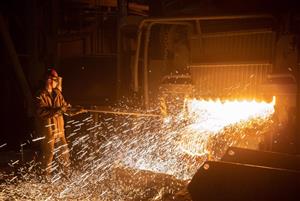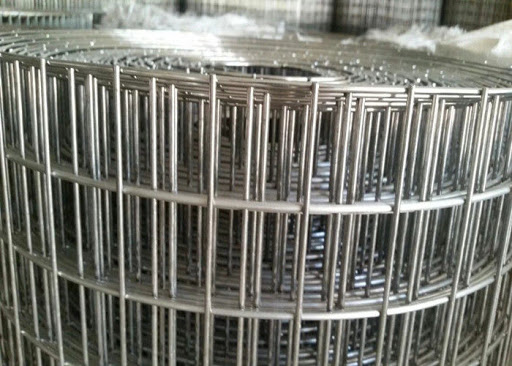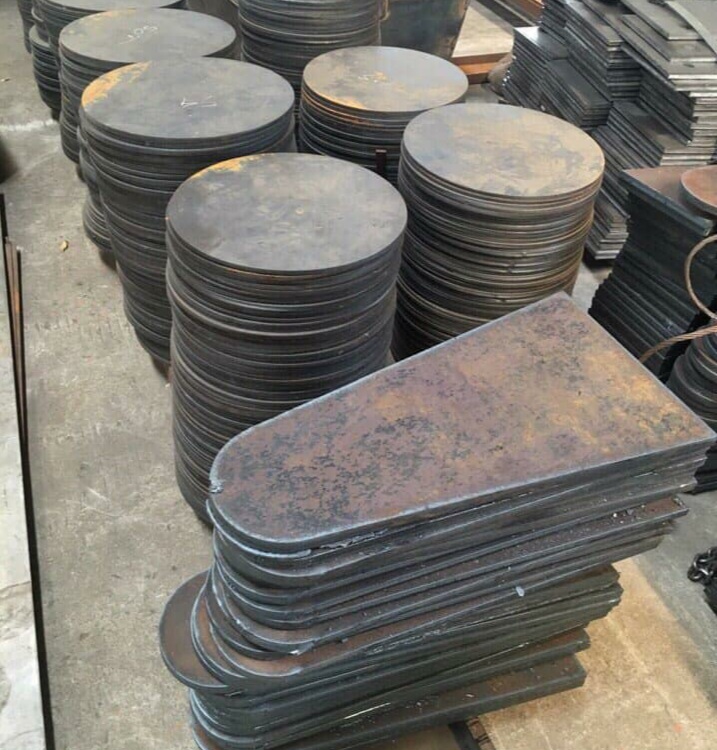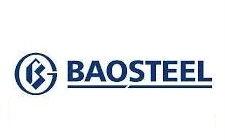Prices of all iron and steel products have fallen in recent sessions, while China's iron ore imports are slowing down after rising sharply at the beginning of the year.
China produces more than half of the world's steel and buys about 70% of the world's seaborne iron ore, one of the two main raw materials for steel production, the other being coke.
Spot price for iron ore with 62% Fe content imported into China (spot at the northern port of this country) on April 10 was 118.8 USD/ton, the lowest level since January 9, according to data from the commodity price reporting agency Argus.
Iron ore has dropped 11% since hitting a 2023 high, in mid-March 2023 – when the market was optimistic about future steel demand prospects, as Beijing moved to stimulate the economy. economy after ending the strict Zero COVID policy that stifled growth last year.
Similarly, September iron ore (the most traded contract) on the Dalian Commodity Exchange (China) on April 11 also hit the lowest level since March 27, at 773.50 CNY. /ton due to weak demand from this country's steel industry despite the peak demand season. On the Singapore Exchange, the price of iron ore in the same session also touched a 3-month low, at 115.2 USD/ton.
Steel demand from infrastructure projects in China has not been as expected, while the country's real estate sector continues to stagnate. Against this backdrop, pessimism about the Chinese market is growing. That's not to mention the concern about the intervention of China's market regulator to curb rising iron ore prices.
China's National Development and Reform Commission last week said authorities would step up supervision of the iron ore market, asking traders not to intentionally exaggerate price increases.
Other steelmaking inputs also lost momentum, with coking coal prices on the Singapore Exchange - reflecting spot prices in Australia, the world's largest coal exporter - falling to $289.90 a tonne. on 10/4. This is the lowest price since December 30 of last year, and the contract has lost 23.9% since the 2023 high of $381 a tonne reached on February 17.
China's domestic steel prices are also under pressure, with the reference price of rebar on the Shanghai floor on April 10 at 3,946 yuan ($574) per ton, the lowest since December 26. and down 8.8% from this year's peak of 4,328 yuan reached on March 14.
Not only are prices falling, there are signs that iron ore imports and steel production are also weakening slightly.
China's iron ore imports were estimated by Refinitiv at 94.17 million tonnes in March, equivalent to a daily import rate of 3.04 million tonnes.
According to official customs data, this is down from 3.29 million tons per day in the first two months of the year, although it is worth noting that imports in the January-February period were higher than 7, 3% over the same period in 2022.
Imports in April are also likely to continue to weaken, with Refinitiv data tracking incoming shipments at 82.34 million tonnes, although that number is likely to increase in the coming weeks as more cargoes are assessed is likely to be delivered at the end of the month.
Weak recovery of steel industry
China's steel output is also weak. According to data from consulting firm MySteel, output of construction steel products, including rebar and coil, in the week ended April 6 decreased by 1.04% from the previous week, to 4 .23 million tons.
Demand for steel products in general over the same period fell even more sharply, down 6.7%, to 4.36 million tons.
Simultaneously falling prices, seaborne iron ore imports and falling steel output suggest that demand in China is moderate.
It is possible that the initial expectations after the anti-COVID-19 restrictions were lifted late last year were too optimistic and what is happening now is simply a reassessment.
There is no data to show that the Chinese market is really weak, but rather the market is moving from being very optimistic to accepting the more normal reality.
One factor that has always been remarkable is the message coming from Beijing, with reports that China is considering an official target of reducing steel production by 2.5% by 2023 from last year's 1.018 billion tonnes.
If this lower target is confirmed, it means that the strong start of steel production in the first two months of the year, when output increased by 5.6% year-on-year in 2022, will gradually decrease over the course of the year. the rest of this year.
This suggests that iron ore and coking coal demand will remain stable in the near term, but may not increase much in 2023 overall.
CafeF
 English
English  Vietnamese
Vietnamese

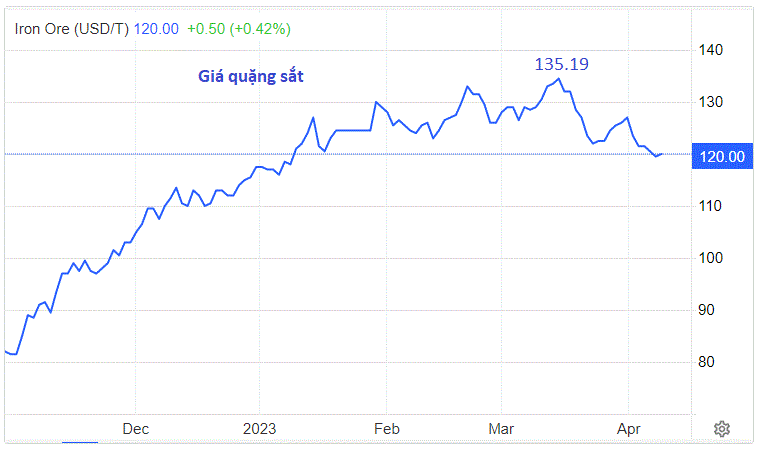



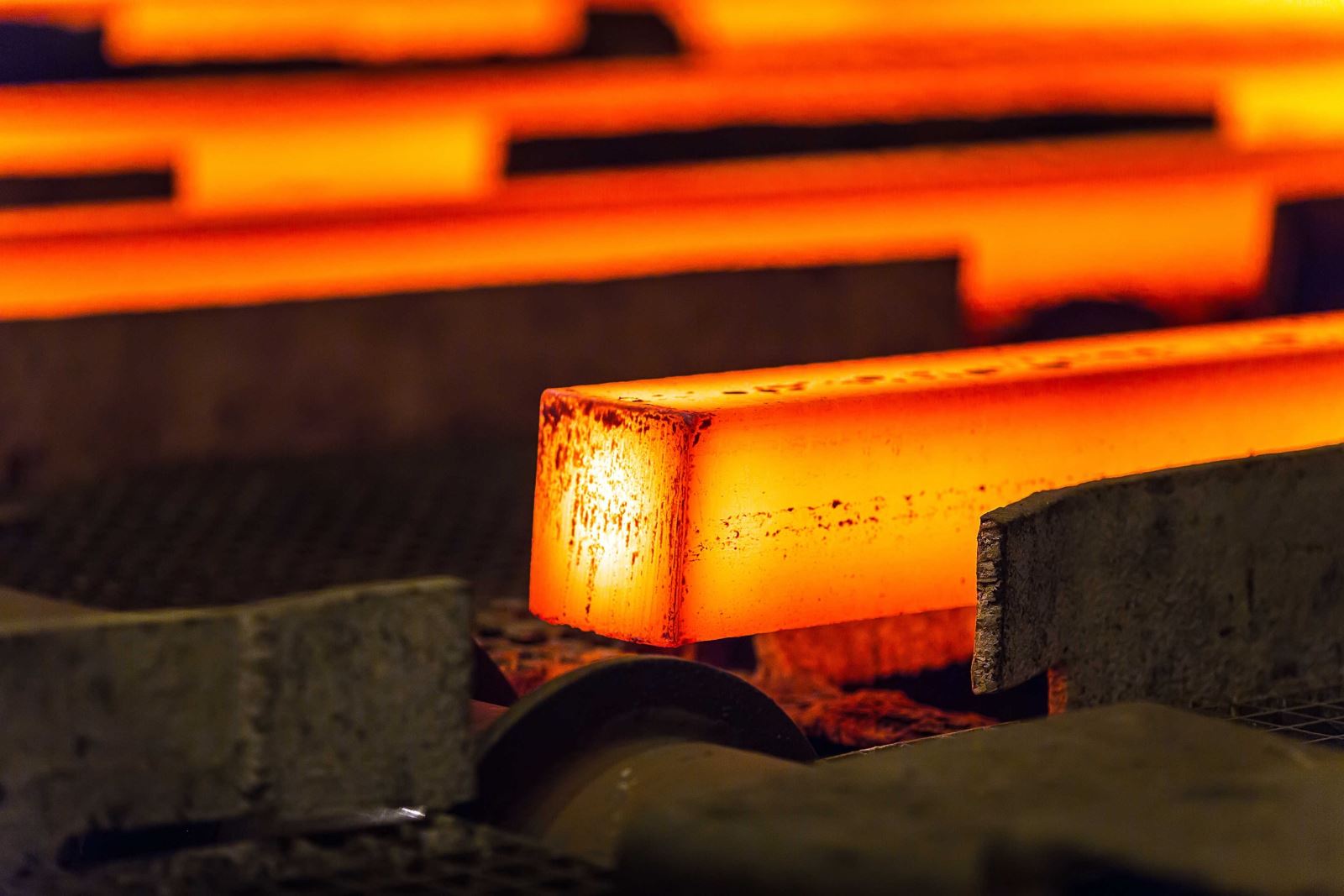
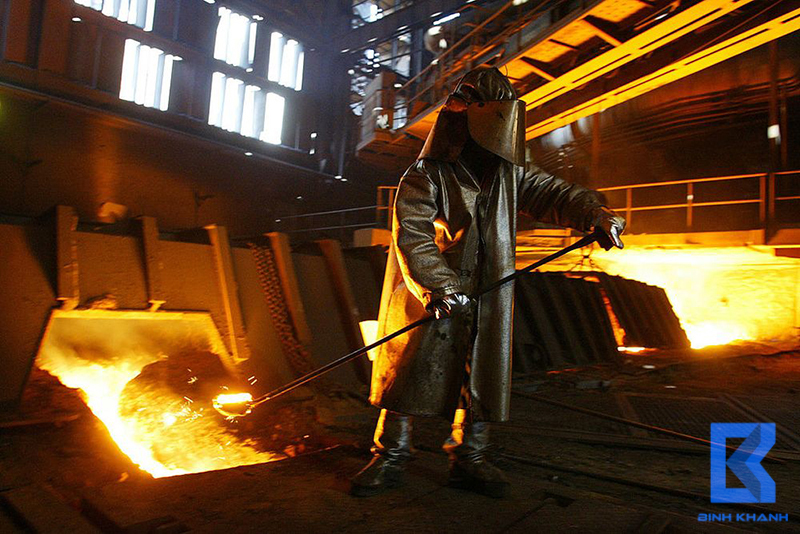



w300.jpg)
